The Top 10 Tech Trends In 2023 Everyone Must Be Ready For
29 November 2022
As a futurist, it’s my job to look ahead — so every year, I cover the emerging tech trends that will be shaping our digital world in the next 12 months.
What technologies are gaining the most traction? What are the most important trends that business leaders should be prepared for?
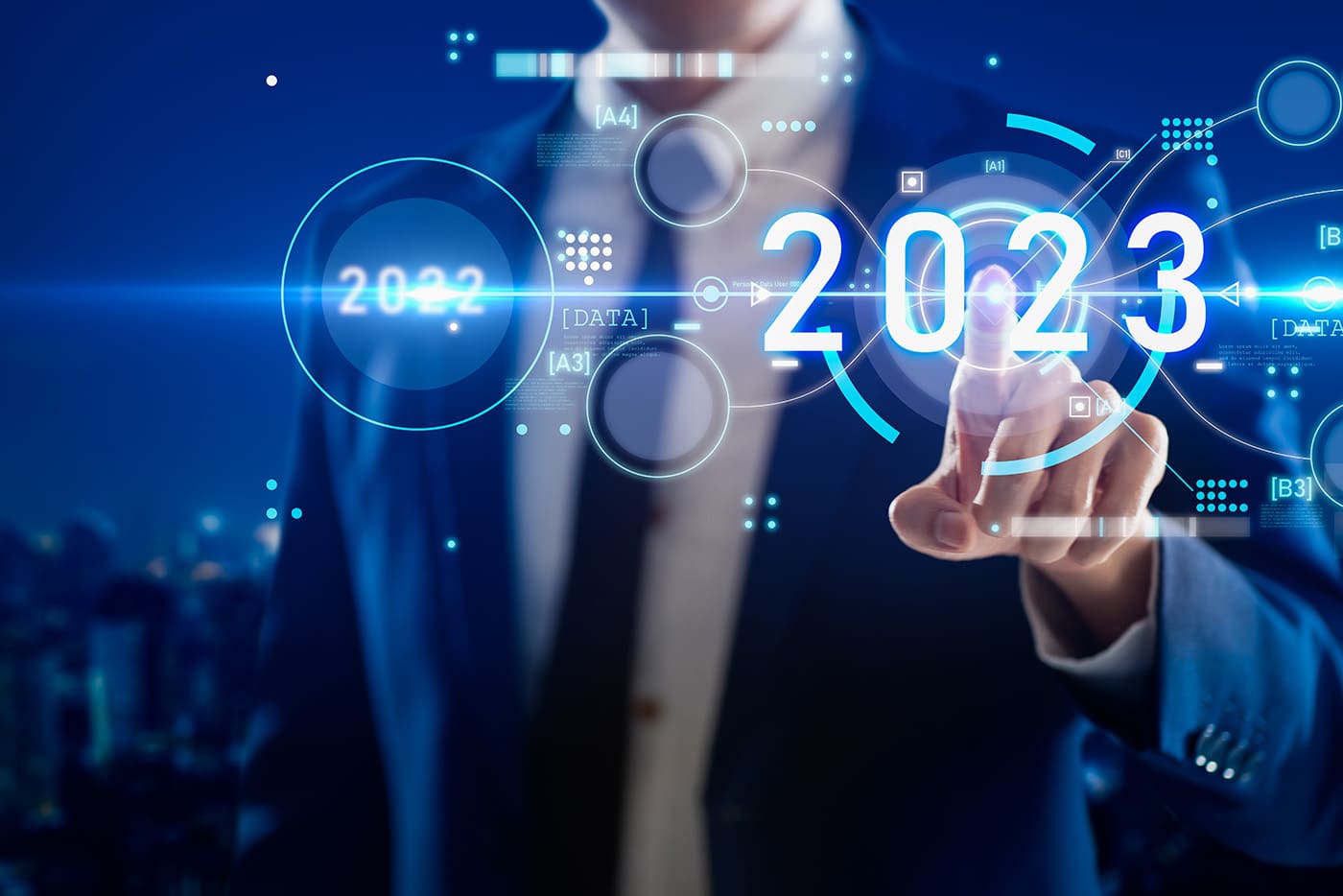
Read on for the ten essential tech trends you should be following in 2023.
1. AI Everywhere
In 2023, artificial intelligence will become real in organizations. No-code AI, with its easy drag-and-drop interfaces, will enable any business to leverage its power to create more intelligent products and services.
We’re already seeing this trend in the retail market. Stitch Fix uses AI-enabled algorithms to recommend clothes to its customers that match their sizes and tastes.
Contactless, autonomous shopping and delivery will also be a huge trend for 2023. AI will make it easier for consumers to pay for and receive goods and services.
AI will also augment nearly every job in every business process across industries. More retailers will use AI to manage and automate the complex inventory management processes that happen behind the scenes, so convenience trends like buy-online-pickup-at-curbside (BOPAC), buy-online-pickup-in-store (BOPIS), and buy-online-return-in-store (BORIS), will become standard.
AI will also be the engine behind the newest autonomous delivery initiatives that retailers are piloting and rolling out, and more and more retail workers will need to get used to working alongside machines to do their jobs.
2. Parts of the Metaverse Will Become Real
I don’t particularly care for the term “metaverse,” but it’s become shorthand for a more immersive internet where we’ll be able to work, play, and socialize on a persistent platform.
Experts predict that the metaverse will add $5 trillion to the global economy by 2030, and 2023 will be the year that defines the direction of the metaverse for the next decade.
Augmented reality (AR) and virtual reality (VR) technology will continue to advance. One area to watch is the work environment in the metaverse — in 2023, I predict that we’ll have more immersive meeting environments where we can talk, brainstorm, and co-create together.
In fact, Microsoft and Nvidia are already developing metaverse platforms for collaborating on digital projects.
We’ll also see more advanced avatar technology in the new year. An avatar — the presence we project as we engage with other users in the metaverse — could look exactly like we do in the real world, and motion capture will even enable our avatars to adopt our unique body language and gestures.
We also might see further development in AI-enabled autonomous avatars that can act as our representatives in the metaverse, even if we’re not logged into the digital world.
Companies are already using metaverse technology like AR and VR to conduct training and onboarding, and this trend will accelerate in 2023. Consulting giant Accenture has already created a metaverse environment called the Nth Floor. This virtual world features replicas of real-world Accenture offices, so new hires and current employees can carry out HR-related tasks without needing to be present in a physical office.
3. Progress in Web3
Blockchain technology will also advance significantly in 2023 as companies create more decentralized products and services.
For example, at the moment, we’re storing everything in the cloud — but if we decentralize data storage and encrypt that data using blockchain, our information will not only be safer, but we’ll have innovative ways to access and analyze it.
Non-fungible tokens (NFTs) will become more usable and practical in the new year. For example, NFT tickets to concerts will potentially give you access to backstage experiences and memorabilia. NFTs might be the keys we use to interact with many of the digital products and services we buy, or they could represent contracts we enter into with other parties.
4. Bridging the Digital and Physical World
We’re already seeing an emerging bridge between the digital and physical worlds, and this trend will continue in 2023. There are two components of this merger: digital twin technology and 3D printing.
Digital twins are virtual simulations of real-world processes, operations, or products that can be used to test new ideas in a safe digital environment. Designers and engineers are using digital twins to recreate physical objects inside virtual worlds, so they can test under every conceivable condition without the high costs of real-life experiments. In 2023, we’ll see even more digital twins, from factories to machinery to cars to precision healthcare.
After testing in the virtual world, engineers can tweak and edit components, then create them in the real world using 3D printing technology.
For example, Formula 1 teams currently collect data transmitted from sensors during races, as well as race track temperatures and weather conditions, to see how cars change during races. Then they stream the data from the sensors to digital twins of the engines and car components and run scenarios to make design changes on the fly. The teams then 3D print car parts based on the results of their testing.
5. Increasingly Editable Nature
We will live in a world where we can make changes to material, plants, and even humans by editing them. Nanotechnology will enable us to create materials with completely new features, such as water resistance and self-healing capabilities.
CRISPR-Cas9 has been around for a few years, but in 2023 we’ll see gene editing technology accelerate to give us the increasing capability to “edit nature” by altering DNA.
Gene editing works a bit like word processing, where you can take some words out and add others in — but you can do it with genes. Gene editing can be used to correct DNA mutations, solve the problem of food allergies, increase the health of crops, or even edit human characteristics like eye and hair color.
6. Quantum Progress
Right now, there is a worldwide race to develop quantum computing at scale.
Quantum computing, which uses subatomic particles to create new ways of processing and storing information, is a technological leap that’s expected to bring us computers capable of operating a trillion times more quickly than the fastest traditional processors available today.
The potential danger of quantum computing is that it could render our current encryption practices useless — so any nation that develops quantum computing at scale could break the encryption of other nations, businesses, security systems, and more. This is a trend to watch carefully in 2023 as countries like the US, UK, China, and Russia pour money into developing quantum computing technology.
7. Progress in Green Technology
One of the biggest challenges the world is facing right now is putting the brakes on our carbon emissions so we can tackle the climate crisis.
In 2023, look for continued progress around green hydrogen, a new clean-burning source of energy that produces close to zero greenhouse gas emissions. Shell and RWE, two major European energy companies, are creating the first major green pipeline from wind plants in the North Sea.
We’ll also see progress in the development of decentralized power grids. Distributed energy generation using this model provides a system of small power generators and storage that are located in communities or individual houses — so they can provide power even if the main grid is not available. Right now, our energy system is primarily dominated by huge gas and energy companies, but decentralized energy initiatives have the potential to democratize power worldwide while decreasing carbon emissions.
8. Robots Will Become More Human
In 2023, robots will become even more like humans — in appearance and capability. These types of robots will be used in the real world as event greeters, bartenders, concierges, and companions for older adults. They’ll also perform complex tasks in warehouses and factories as they work alongside humans in manufacturing and logistics.
One company is working hard to create a human-like robot that will work in our homes. At Tesla AI Day in September 2022, Elon Musk revealed two Optimus humanoid robot prototypes, and said the company would be ready to take orders within the next 3 to 5 years. The robot can perform simple tasks like lifting items and watering plants — so perhaps soon we'll be able to have "robot butlers" that help around in the house.
9. Progress in Autonomous System
Business leaders will continue making progress in creating autonomous systems, particularly around delivery and logistics. Many factories and warehouses have already become partially or fully autonomous.
In 2023, we’ll see even more self-driving trucks and ships, as well as delivery robots — and even more warehouses and factories will implement autonomous technology.
Ocado, a British online supermarket that describes itself as “the world’s largest dedicated online grocery retailer,” uses thousands of autonomous robots in its highly automated warehouses to sort, lift, and move groceries. The warehouse also uses AI to place the most popular items within easy reach of the robots. The Ocado company is now rolling out the autonomous technology behind their successful warehouses to other grocery retailers.
10. More Sustainable Technology
Finally, we'll see a push toward more sustainable technology in 2023. Many (if not most) of us are addicted to technology like our smartphones, tablets, and computers — but where are the components coming from to manufacture our favorite gadgets? People will be thinking more about where rare earth components for things like computer chips originate and how we're consuming them.
We’re also using cloud services like Netflix and Spotify, which still run in huge data centers that consume vast amounts of energy.
In 2023, we’ll see a continued push toward making supply chains more transparent, as consumers demand that the products and services they invest in are energy efficient and backed by more sustainable technology.
Related Articles
AI Agents Lead The 8 Tech Trends Transforming Enterprise In 2026
By now, “smart” versions exist of just about every home appliance, gadget and gizmos we can think of. However, manufacturers continue[...]
The 8 Data Trends That Will Define 2026
By now, “smart” versions exist of just about every home appliance, gadget and gizmos we can think of. However, manufacturers continue[...]
7 Quantum Computing Trends That Will Shape Every Industry In 2026
By now, “smart” versions exist of just about every home appliance, gadget and gizmos we can think of. However, manufacturers continue[...]
The Next Giant Leap For AI Is Called World Models
By now, “smart” versions exist of just about every home appliance, gadget and gizmos we can think of. However, manufacturers continue[...]
7 Revolutionary Space Tech Trends That Will Transform Life On Earth In 2026
By now, “smart” versions exist of just about every home appliance, gadget and gizmos we can think of. However, manufacturers continue[...]
4 Tech Trends That Will Shape 2026 And The Breakthroughs Powering Them
By now, “smart” versions exist of just about every home appliance, gadget and gizmos we can think of. However, manufacturers continue[...]
Sign up to Stay in Touch!
Bernard Marr is a world-renowned futurist, influencer and thought leader in the fields of business and technology, with a passion for using technology for the good of humanity.
He is a best-selling author of over 20 books, writes a regular column for Forbes and advises and coaches many of the world’s best-known organisations.
He has a combined following of 4 million people across his social media channels and newsletters and was ranked by LinkedIn as one of the top 5 business influencers in the world.
Bernard’s latest book is ‘Generative AI in Practice’.




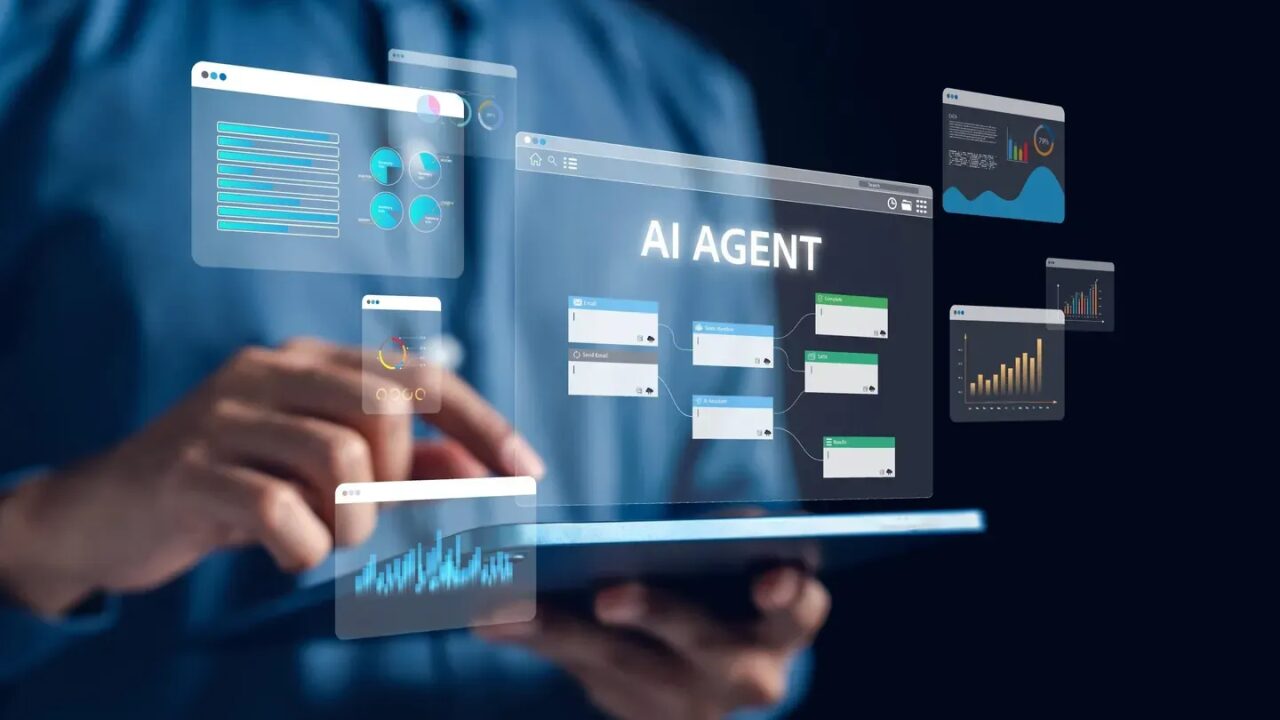
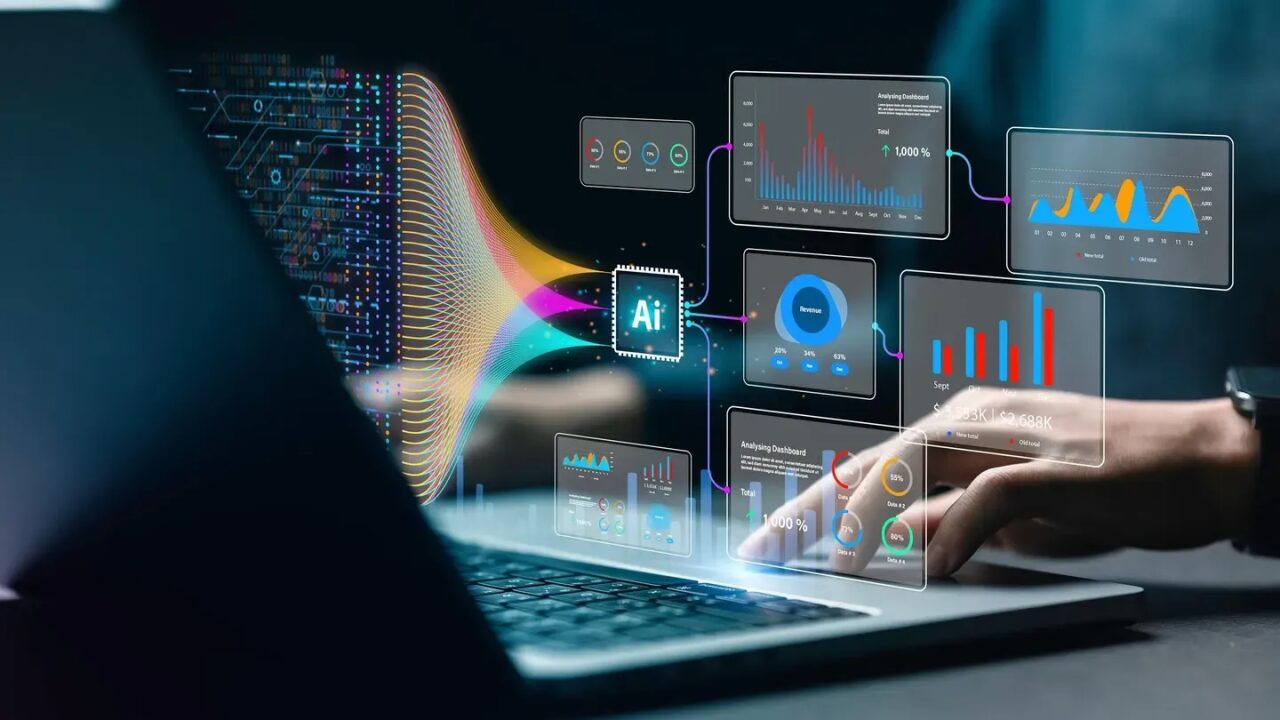

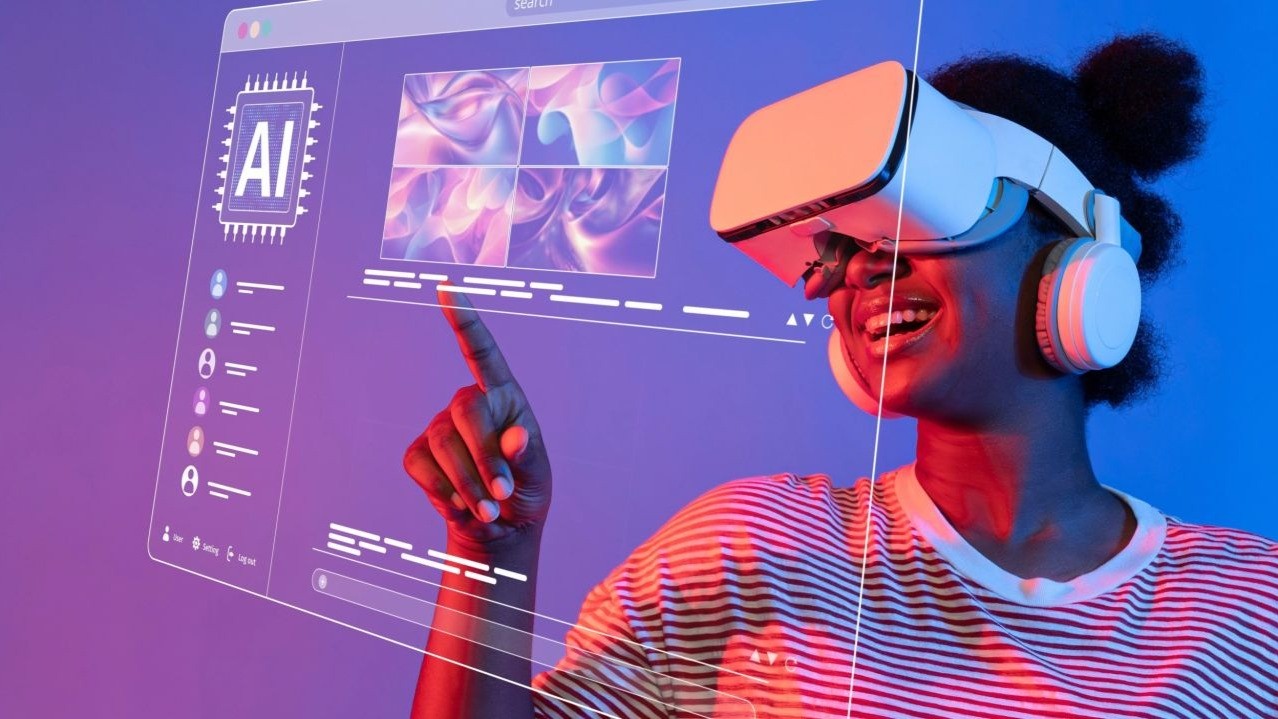

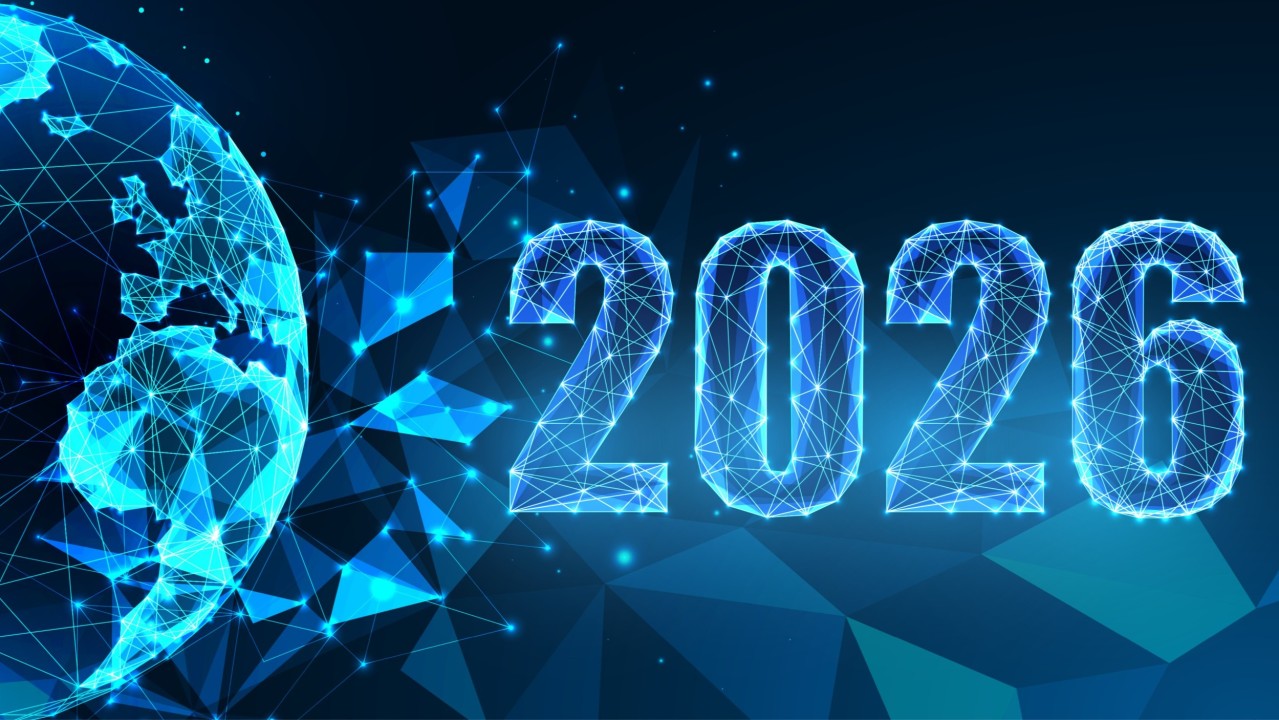
Social Media